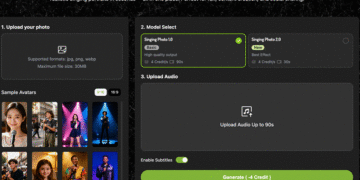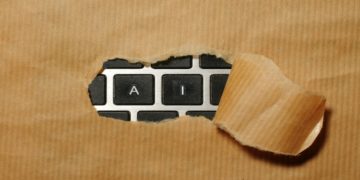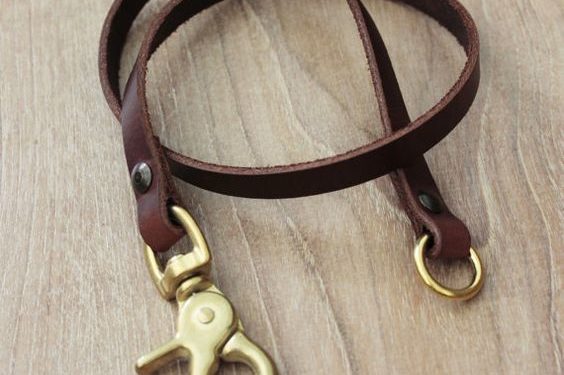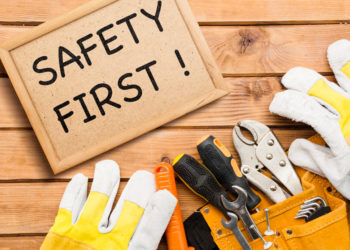Attaching your ID badge to a lanyard keychain securely is crucial for maintaining both safety and convenience, whether you’re using it for work, school, conferences, or events. A properly attached ID badge ensures you can easily access it when needed while keeping it safe from loss, damage, or theft. In this article, we’ll guide you through the steps to securely attach your ID badge to a lanyard keychain, highlighting the best practices, tools, and methods to prevent your badge from falling off or becoming damaged.
1. Choose the Right Lanyard for Your Badge
The first step in securing your ID badge is selecting the right lanyard keychain. Not all lanyards are designed the same way, so it’s important to pick one that can support the weight and size of your ID badge. Look for a lanyard that has a sturdy attachment point, such as a clip, hook, or loop that can hold your ID securely.
What to Look For:
- Sturdy Material: Choose a lanyard made from durable materials like nylon, polyester, or leather. These materials are less likely to break or wear out quickly.
- Heavy-Duty Attachments: Ensure the lanyard has a solid attachment method, such as a metal clip, carabiner, or keyring. These options provide a strong hold.
- Adjustable Length: If you need to adjust the lanyard’s length for comfort or practicality, look for one with an adjustable feature.
2. Check the Attachment Mechanism of Your ID Badge
Most ID badges come with a built-in hole or slot for attachment. Depending on the type of ID badge, you may need a different mechanism to attach it to the lanyard keychain securely.
Common Attachment Methods for ID Badges:
- Slot for Badge Holder: Many ID badges have a slot at the top, which allows you to slide them into a badge holder or attach them directly to a clip or carabiner.
- Hole for Lanyard Hook: Some badges come with a hole that allows you to use a hook, ring, or clip to fasten it to the lanyard.
- Magnetic Clips: Some modern ID badges use magnetic clips that attach securely to lanyards without requiring any physical slot or hole.
Make sure the attachment method of your ID badge is compatible with the lanyard’s hook or clip for a secure fit.
3. Using a Badge Holder or Sleeve
If your ID badge does not have a hole or slot for direct attachment, using a badge holder or sleeve can be a great solution. These holders protect your ID while keeping it securely attached to the lanyard keychain.
How to Use a Badge Holder:
- Insert the Badge: Place your ID badge inside the holder. Make sure the holder fits snugly around the edges of the badge to prevent it from slipping out.
- Attach to the Lanyard: Most badge holders have a slot or clip at the top for attaching to a lanyard. Slide the clip or hook of the lanyard through the holder’s attachment point.
Badge holders are especially useful if you have a card-style ID, as they offer an extra layer of protection from bending or damaging the card.
4. Attaching Your ID Badge with a Lobster Claw Hook
A lobster claw hook is a popular and secure way to attach your ID badge to a lanyard. These hooks feature a spring-loaded mechanism that closes around the loop or hole on your ID badge, ensuring that it stays securely in place.
Steps to Attach with a Lobster Claw Hook:
- Open the Hook: Gently squeeze the sides of the lobster claw hook to open the clasp.
- Insert the ID Badge: Slide the hole or slot of your ID badge onto the hook. If you’re using a badge holder, attach the holder’s clip or loop to the lobster claw.
- Close the Hook: Release the hook, allowing the spring-loaded mechanism to close around the badge’s hole or the badge holder’s loop. Ensure the hook is securely fastened to avoid accidental detachment.
The lobster claw hook is ideal for those who need easy access to their ID but want a reliable, secure attachment that won’t come undone.
5. Using a Carabiner Clip for Extra Security
For those who need additional security, a carabiner clip is another reliable option for attaching your ID badge to a lanyard keychain. Carabiner clips are designed with a locking mechanism that ensures the badge stays attached at all times, even in active environments.
Steps to Attach with a Carabiner Clip:
- Open the Carabiner: Squeeze the carabiner’s spring-loaded mechanism to open it.
- Place the ID Badge: Attach the hole or slot of your ID badge directly onto the carabiner clip. If using a badge holder, clip the holder’s loop onto the carabiner.
- Secure the Carabiner: Once the ID badge is attached, release the carabiner’s mechanism, allowing the clip to close securely.
Carabiner clips are especially popular in environments where movement and activity are frequent, such as outdoor events, festivals, or workplaces with physical tasks. Their locking feature offers peace of mind that your ID badge won’t fall off.
6. Ensuring a Secure Attachment with a Keyring
If you prefer a more minimalist approach or if your ID badge has a hole, a keyring is a simple yet effective way to securely attach your ID badge to a lanyard keychain. Keyrings are durable and versatile, and they are less likely to loosen or detach compared to other methods.
Steps to Attach with a Keyring:
- Insert the Badge into the Keyring: Slide the hole or slot of your ID badge onto the keyring. If you’re using a badge holder, attach the holder’s loop to the keyring.
- Thread the Keyring through the Lanyard: Place the keyring through the lanyard’s attachment point. Some lanyards come with a small metal loop designed specifically for keyring attachment.
- Ensure a Tight Fit: Double-check that the keyring is threaded securely through the lanyard and that the ID badge or holder is firmly attached.
Keyrings offer a simple and reliable solution for attaching your ID badge to a lanyard, and they’re especially effective for heavy-duty use or long-term wear.
7. Double-Check the Security before Use
Once your ID badge is securely attached to the lanyard, it’s always a good idea to give everything a quick check before wearing it out. Ensure that:
- The hook, clip, or keyring is properly closed and secured.
- The ID badge or badge holder is not at risk of slipping out.
- The attachment point on the lanyard is not loose or damaged.
Taking a moment to check the security of your badge will help prevent any issues during the day, whether you’re at work, school, or an event.
Conclusion
Attaching your ID badge to a lanyard keychain securely is essential for both convenience and safety. By choosing the right lanyard, using reliable attachment methods, and checking the security of the badge, you can ensure that your ID stays safely attached at all times. Whether you’re using a lobster claw hook, carabiner clip, or keyring, there are several ways to make sure your badge stays put.
With the proper attachment, you’ll not only enjoy easy access to your ID but also avoid the inconvenience and potential loss associated with an insecurely attached badge. Follow these tips and you’ll be able to confidently wear your ID badge knowing it’s securely fastened to your lanyard keychain.
FAQs
1. What if my ID badge doesn’t have a hole or slot?
If your ID badge doesn’t have a hole or slot, using a badge holder is a great solution. These holders can protect your badge and provide a place to attach it to the lanyard.
2. Are carabiner clips better than lobster claw hooks?
Carabiner clips provide extra security with their locking mechanism, making them ideal for active environments where extra safety is needed. Lobster claw hooks are easier to open and close but still provide secure attachment for most situations.











































































